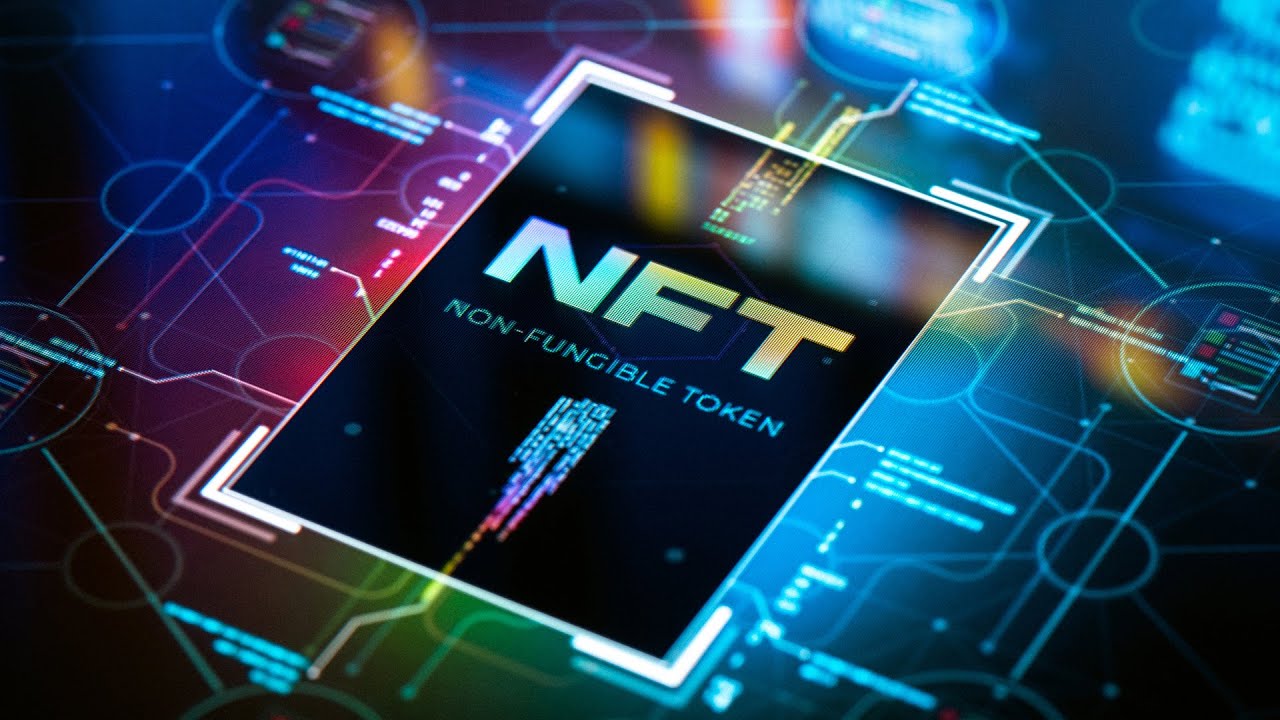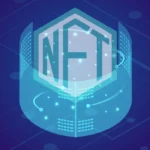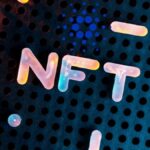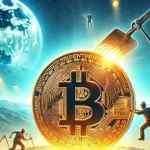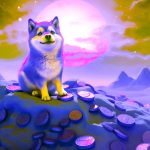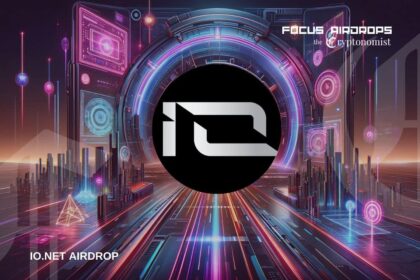The publishing industry is undergoing a digital revolution, and Non-Fungible Tokens (NFTs) are at the center of this transformation. Writers and authors are leveraging blockchain technology to publish, distribute, and monetize their work independently without relying on traditional publishers or intermediaries.
With NFTs, writers can:
- Sell books, articles, and poetry as digital assets.
- Secure royalties on future resales.
- Build direct relationships with their readers.
- Prevent piracy and unauthorized distribution.
This article will explore:
- What NFTs are and how they apply to publishing.
- How writers and authors are using NFTs to monetize content.
- The platforms supporting NFT publishing.
- Challenges and the future of NFT publishing.
1. Understanding NFTs in Publishing
What Are NFTs?
NFTs (Non-Fungible Tokens) are unique digital assets stored on a blockchain that provide verifiable ownership of digital content. Unlike traditional e-books or PDFs, NFT-based books and articles cannot be duplicated, copied, or altered, ensuring authenticity and rarity.
How NFTs Benefit Writers
NFT publishing offers several advantages, including:
Full ownership and control – Authors keep creative rights.
No intermediaries – No need for publishers, making distribution more profitable.
Smart contracts for royalties – Authors earn a percentage from every resale.
Engaging fan communities – Exclusive content can be offered to NFT holders.
Limited edition books – Digital scarcity increases value.
2. How Writers Are Monetizing Content with NFTs
NFTs allow authors to sell their work directly to readers, bypassing traditional gatekeepers.
1. Selling Books and Manuscripts as NFTs
Authors can mint their books as NFTs, ensuring proof of ownership and scarcity.
Example: Ben Mezrich, the author of The Social Network, sold his book The Midnight Ride as an NFT before its official print release.
2. Selling Exclusive Chapters & Early Access
Authors can release special editions, early drafts, or bonus chapters as NFTs for fans.
Example: Best-selling author Neil Strauss sold bonus content and behind-the-scenes drafts as NFTs.
3. NFT-Based Literary Collectibles
Limited-edition digital autographs, cover designs, and handwritten drafts can be tokenized as collectible NFTs.
Example: William Shatner sold digital trading cards featuring unpublished content and memorabilia as NFTs.
4. Subscription & Membership-Based Models
Authors can sell NFT-based memberships, granting holders access to:
- Exclusive writing communities.
- Monthly short stories or serialized content.
- Private Q&A sessions with the author.
Example: Mirror.xyz enables writers to crowdfund projects using NFTs and reward early supporters with profit-sharing rights.
3. The Platforms Supporting NFT Publishing
Several blockchain-powered platforms support NFT book publishing and distribution:
1. BookCoin
- A Web3 platform for authors to mint and sell NFT books.
- Features limited edition e-books, audiobooks, and collector’s items.
2. Mirror.xyz
- A decentralized publishing platform that allows writers to:
Tokenize their articles as NFTs.
Offer profit-sharing to NFT holders.
Example: Writers like Emily Segal crowdfunded her novel Burn Alpha through Mirror.xyz.
3. Readl
- A Web3 publishing platform where authors can:
Sell books as NFTs with built-in royalties.
Offer VIP memberships for readers.
4. Challenges of NFT Publishing
While NFTs offer new opportunities, they also come with challenges:
1. High Entry Costs
- Minting NFTs requires blockchain gas fees, making it costly for new writers.
Solution: Use eco-friendly blockchains like Polygon or Solana to reduce costs.
2. Market Volatility
- NFT book values fluctuate based on demand.
Solution: Offer stable pricing or use subscription models for recurring income.
3. Accessibility Issues
- Not all readers are familiar with crypto wallets and NFT platforms.
Solution: Platforms like Readl offer simplified NFT purchases using credit cards.
5. The Future of NFTs in Publishing
NFTs are paving the way for Web3 publishing, where authors can:
Own their distribution rights without relying on Amazon or traditional publishers.
Monetize their audience directly through exclusive NFT book drops.
Create interactive NFT-based stories where readers participate in plot choices.
1. Metaverse Bookstores
- Virtual reality (VR) bookstores where readers browse and purchase NFT books.
Example: Decentraland is developing VR bookstores with NFT-based reading lounges.
2. AI-Powered NFT Storytelling
- Authors will use AI to generate unique NFT book editions, making each copy one-of-a-kind.
Example: AI-assisted NFT storytelling projects are already emerging on blockchain networks.
6. Conclusion
NFTs are transforming the publishing industry by empowering authors, eliminating intermediaries, and providing new revenue opportunities. As blockchain technology advances, NFT publishing will become a mainstream alternative to traditional publishing.

